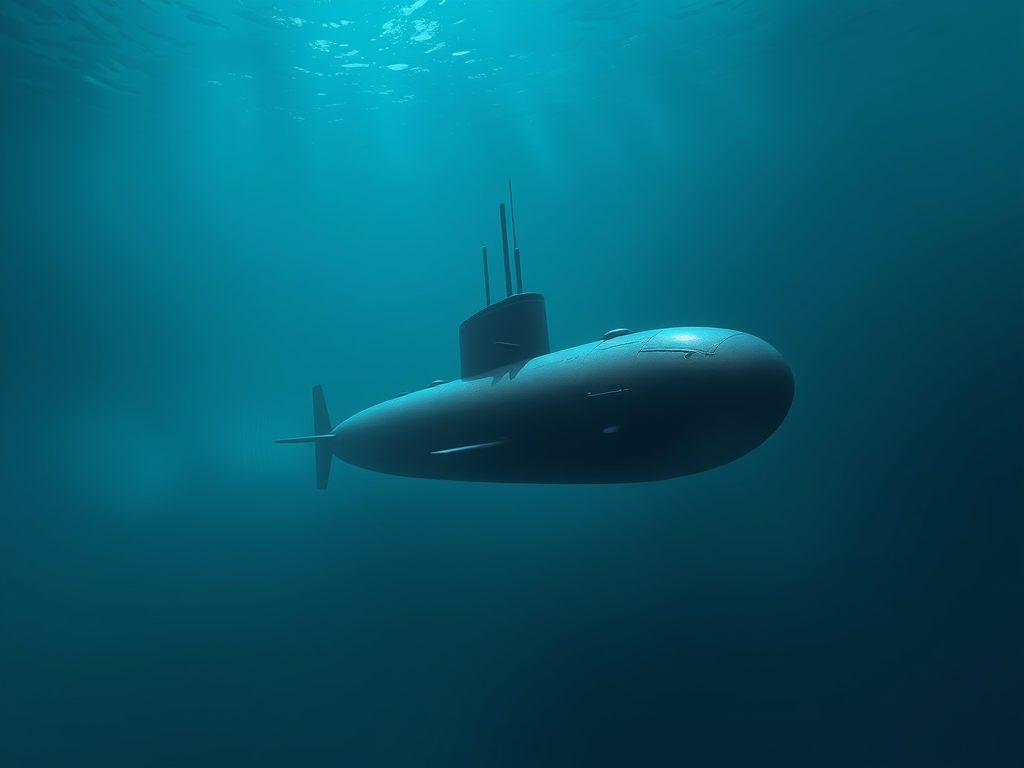What are VLF Transmissions?
Very Low-Frequency (VLF) transmissions refer to radio waves that operate in the frequency range of 3 kHz to 30 kHz. These low frequencies allow VLF waves to propagate long distances and penetrate deep into the Earth and water, making them useful for various applications.
Characteristics of VLF Transmissions
- Long-range Communication: VLF waves can travel much farther than higher frequency waves, often beyond the horizon.
- Penetration: They can penetrate seawater up to several hundred meters, which is ideal for communication with submarines.
- Low Data Rates: Due to their low frequency, VLF transmissions can carry lower data rates compared to higher frequency bands.
Applications of VLF Transmissions
- Military Communication: VLF is commonly used by naval forces for submarine communications, allowing for messages to be transmitted while the submarine is submerged.
- Maritime Navigation: VLF signals are used for navigation and to provide time signals to ships.
- Geophysical Research: Researchers utilize VLF transmissions to study the Earth’s ionosphere and other geological phenomena.
Advantages of VLF Transmissions
- Reliability: The long wavelengths result in less interference from atmospheric noise, providing clearer signals over long distances.
- Coverage: Capable of covering vast areas without the need for relay stations due to their propagation characteristics.
Conclusion
Very Low-Frequency (VLF) transmissions are an essential part of modern communication systems, particularly in military and maritime applications. Their unique properties allow for reliable communication across significant distances and through various mediums, making them a cornerstone of long-range communication technologies. Understanding VLF can provide insights into many aspects of radio communications and geophysical studies.



Leave a Reply